If you are placing your rug on a hard floor, we recommend using a suitable underlay to protect the back of your rug and prolong its life. If the hard floor is slippery then our Supergrip anti-slip underlay will hold your rug in place.
If you are placing your rug on a carpet, it could creep and our Foxi anti-creep underlay should be used. Both can be ordered online or by telephone.
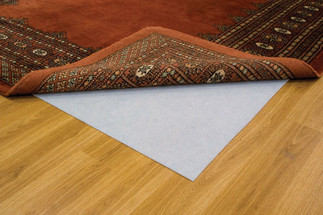
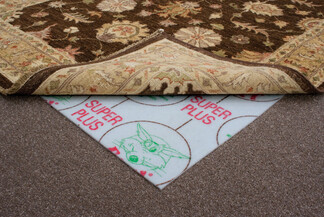
Sprouting refers to excess sprouts of yarn that may show on the surface of a rug. In certain types of rug sprouting is actually a perfectly normal characteristic and could happen through the life of the rug. DO NOT PULL the yarn out as this will result in permanent damage to the rug. Use scissors to clip each individual yarn off at the base along the face of the rug. Sprouting does not and will not affect the durability or overall life of the rug.
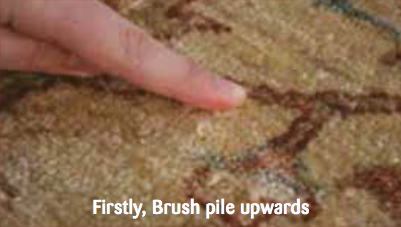
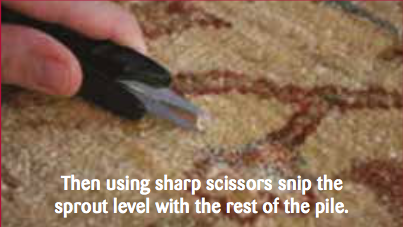
Pile reversal can also be known as pooling, shading, highlighting or water marking. When a rug is made, the pile is uniformly laid in one direction, however, the direction of footfall on a rug or occasionally uneven floors can sometimes cause the pile to twist and pile reversal occurs.
All pile yarn rugs will be subject to pile reversal but it is most commonly found on densely constructed, plush type qualities. The visual effect is due to the difference in the way light reflects off the yarn as it lays in different directions. It can be temporarily masked by vacuuming but there is little that can be done to return the rug to its original appearance.
Pile reversal is not a manufacturing defect nor does it mean your rug is faulty in some way, and it will not affect the durability of the rug. Of course, not all rugs develop pile reversal and in bolder designs it is less visible.
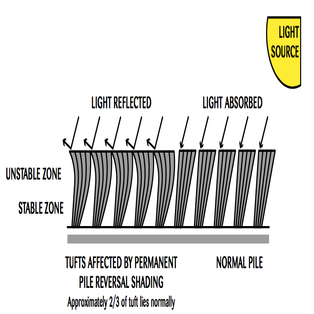
If your new wool rug is shedding fibres or fibres are sticking out from the rug in tufts, please don’t panic, as this is perfectly normal. Shedding is at its most prolific when you first bring your wool rug home and in most cases the shedding will die down after a few months and you will eventually notice that less and less shedding occurs.
You cannot prevent wool rugs from shedding completely but you can help the process by avoiding vacuuming your rug for as long as possible. It is natural to think that vacuuming will help shedding, but in fact it makes the problem worse as it pulls the fibers away from the rug. If you must vacuum, try using a hand held suction piece which does not put too much pressure on the rug.
If your wool rug has tufts sticking up, you can also try trimming the tufts with a pair of sharp scissors, so they don’t look unsightly.
Using underlay can also prevent shedding as this protects the rear of the rug from wearing underneath and causing tufts to come out - and of course - it will make your rug feel great to walk on!
FrithRugs is renowned for its collections of traditional rugs and many of these rugs are individual carpets. Look closely at any of these pieces and you may see some colour disparities in the design – this is known as abrash, a term used specially to describe these variations.
Abrash occurs because weavers dye wool in small quantities. The next batch mixed may not be exactly the same colour as the previous one and hence the colour variation. There can also be differences in the type of wool used and the colour of the wool and because each type of wool absorbs dye slightly differently, this will also impact on the colour.
Rug experts will look for signs of abrash as it confirms the provenance of a rug and only adds to its charm. In fact, some machine-made rugs that replicate traditional designs actually feature abrash.
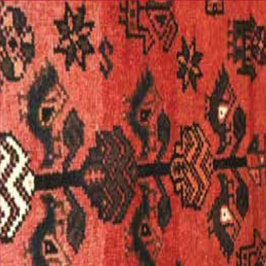
Accidents happen and for best results, act fast. If you spill food on your rug, the first step should be trying to scrape it off using a plastic spatula, and then sponge the area with water to remove the rest of the stain. (100% Wool and 100% Polypropylene Rugs).
If you spill liquid on a 100% Wool or 100% Polypropylene rug follow these guidelines, for rugs made from alternative fibres please seek specialist cleaning, water can leave marks on the pile of fibres such as Silk and Viscose. Use a clean, white, plain absorbent cloth or plain white paper towels to soak up the liquid and then dilute the stain with water. BLOT excessive liquid - NEVER RUB and continue the process until as much as the stain as possible has been removed.
There are, of course, a variety of stain removal products on the market and if you want to use one of these, test it first on a corner of the rug, preferably one that is out of sight. Remember to follow the manufacturer’s instructions carefully. Less is more.
If you have an expensive rug, we advise having it professionally cleaned by an expert in Oriental or Persian rug care.
All items of furniture in a home are subject to wear and tear but there are ways to prolong the life of your rug.
Firstly, choose the right rug for the room. For example, a white rug isn’t a good idea for a dining room and if you have pets or young children, any pale colours can easily can get dirty quickly.
A rug that has a lot of foot traffic, such as one in a hallway is likely to suffer most from wear and tear. You could ask guests to remove their shoes and make sure everyone wipes their feet on a door mat which is useful for catching any excess dirt. Now and again, turn your rug around which will spread out wear and tear.
If your rug is in direct sunlight, then be aware that it is likely colours could fade. If only part of the rug catches the sun, remember to rotate the rug once a month or so to ensure that sun damage is evened out. Better still, close blinds or curtains when the sun is at its strongest. If you have rugs which are designed for outdoors, these too will suffer from fading. Any item in direct sunlight will fade over time. To limit this you should cover or roll up the rug when not in use.
Damp and moisture is also damaging to your rug. Be wary of standing real plants on a rug as when watered, some moisture may seep onto the rug. If you have a rug in a room close to the garden, constant wet feet coming from the outside into the house from a paddling pool or hot tub for example, isn’t good for your rug. If you have rugs which are designed for outdoors, these too will suffer with prolonged exposure to Damp and Moisture. It is best practice to roll your rug up and store in a dry location, during periods of rain, and if wet, you should try and dry out as quickly as possible, this will save mould developing and causing unwanted smells.
It’s important to note that the use of Vacuum cleaners with a beater bar / rotating brush are not advised as these damage the wool fibers. As a general rule, use either hand held vacuum cleaners or a suction only vacuum. When vacuuming if you follow the pile direction, the pile will all be facing the same way when you have finished. Now and again, vacuum the rear of the rug too as this prevents dust and dirt build up.
If you ever need to store your rug, then roll it width up from the side that is opposite to the direction of the pile – use rope or string in various places across the rolled-up rug. Roll the rug as tightly as possible, and ideally wrap in airtight plastic and then store in a dry place at room temperature, so don’t put it in a shed. If the rug is not wrapped in plastic, it should be checked periodically to look for mould or insects.